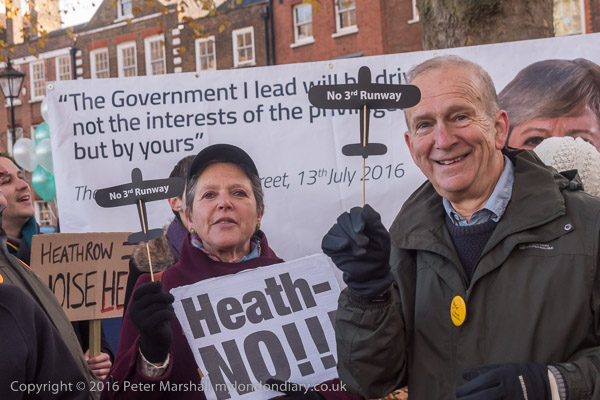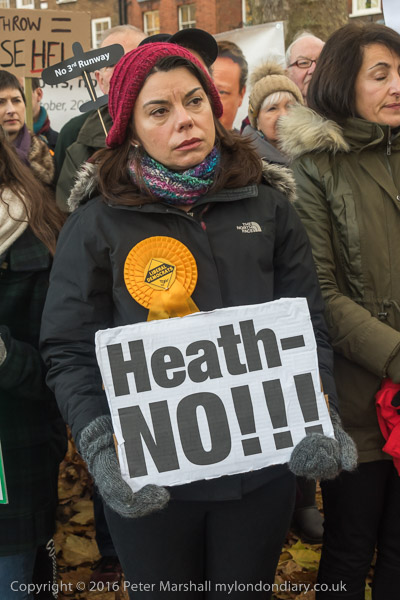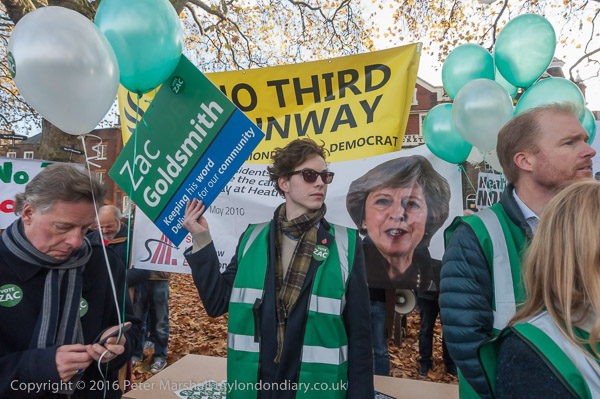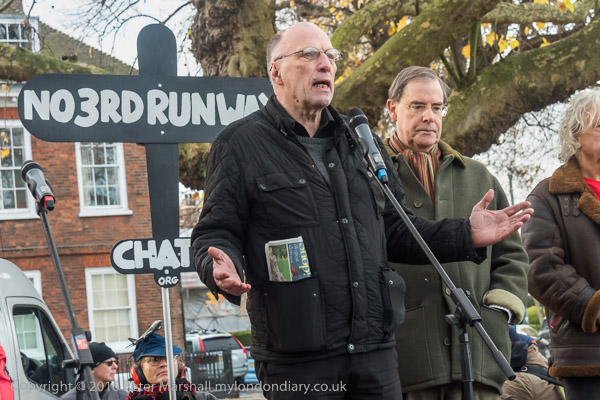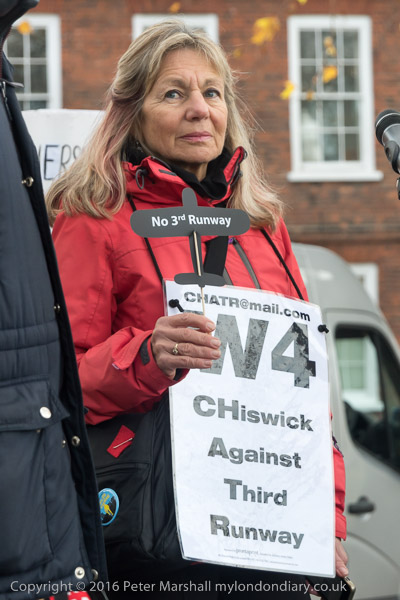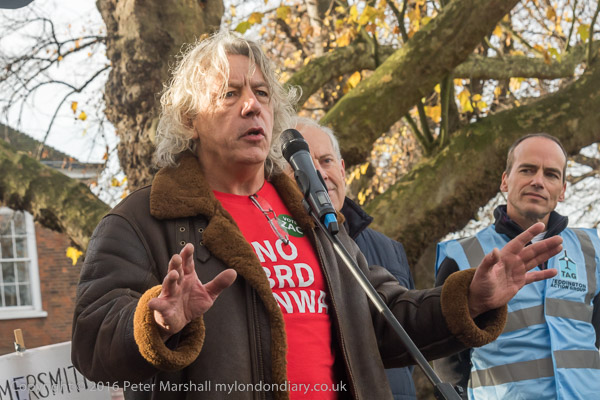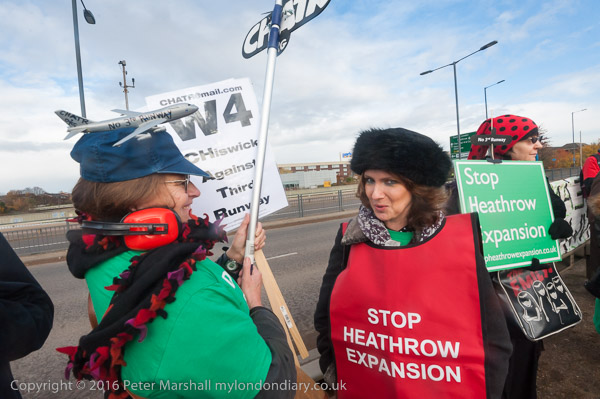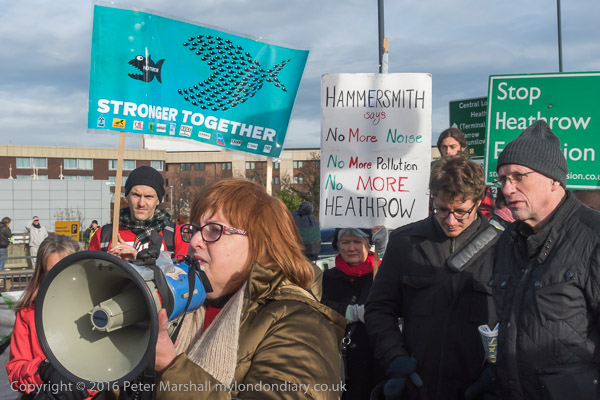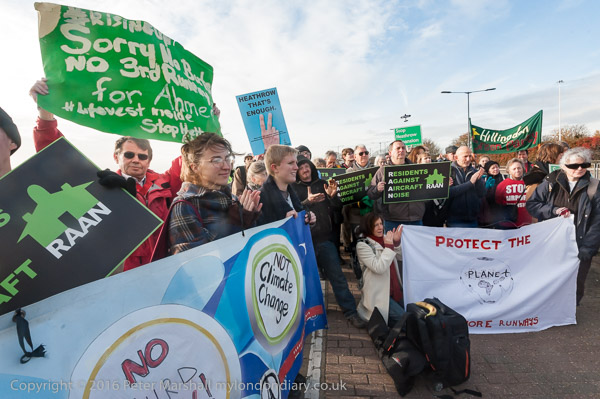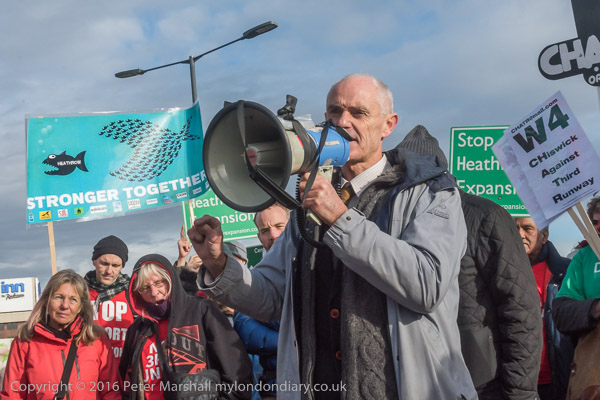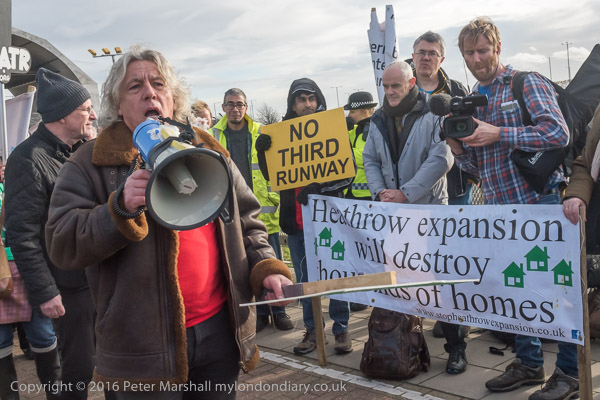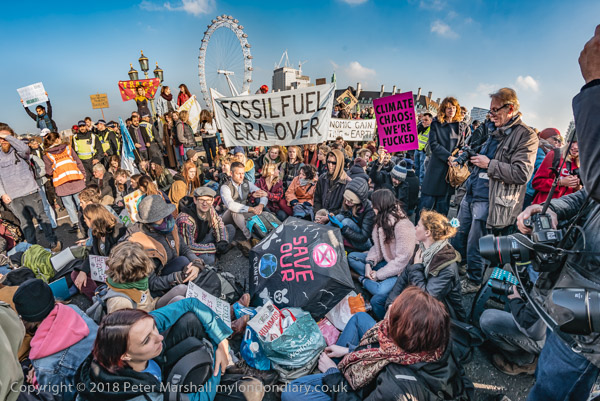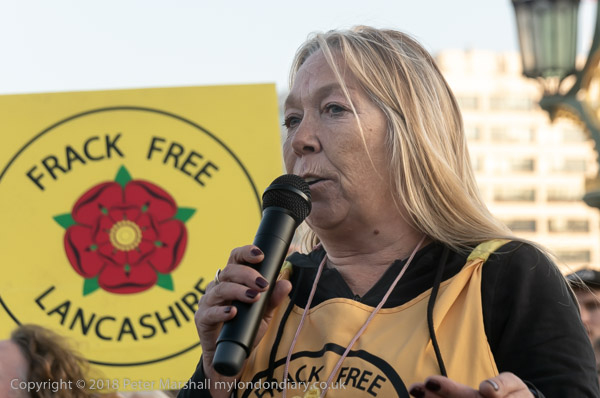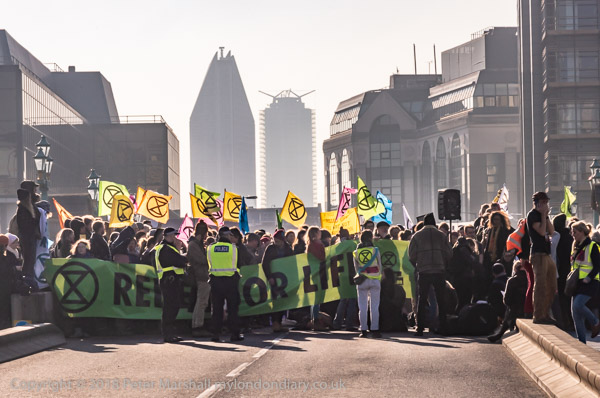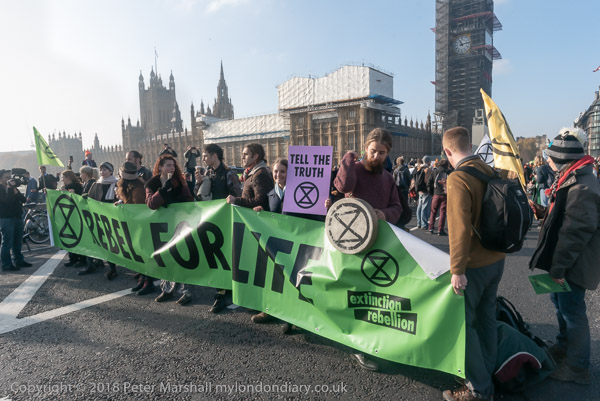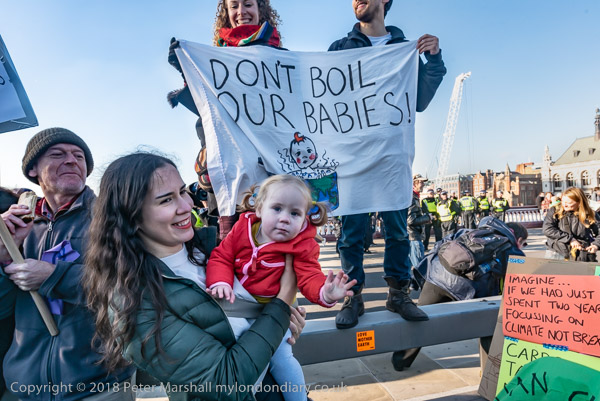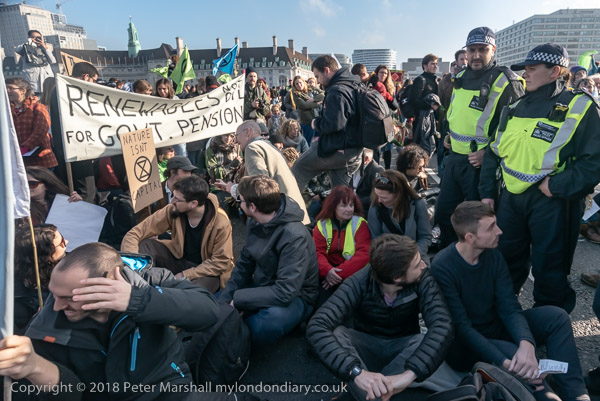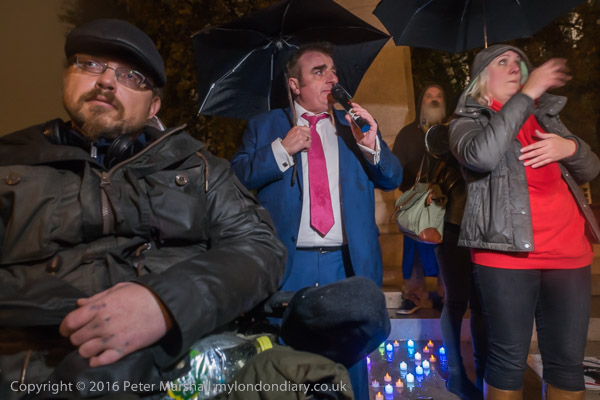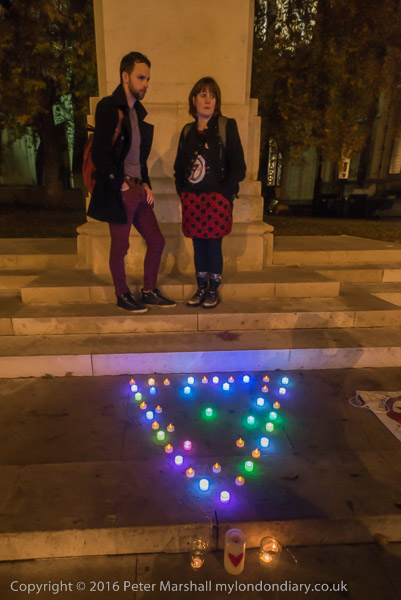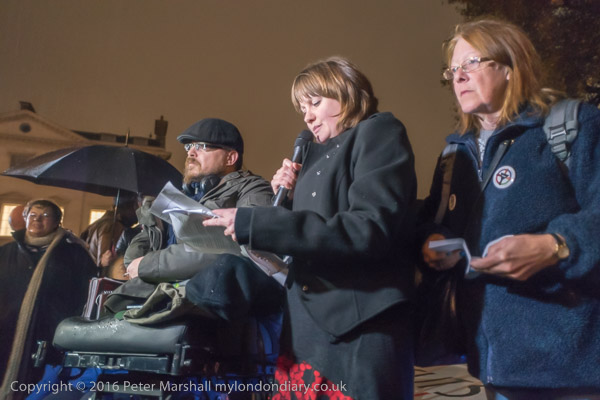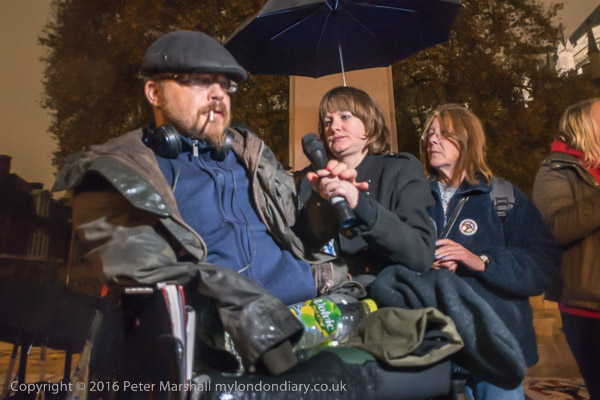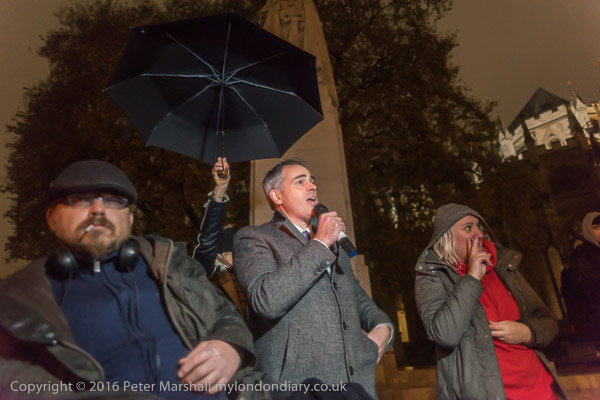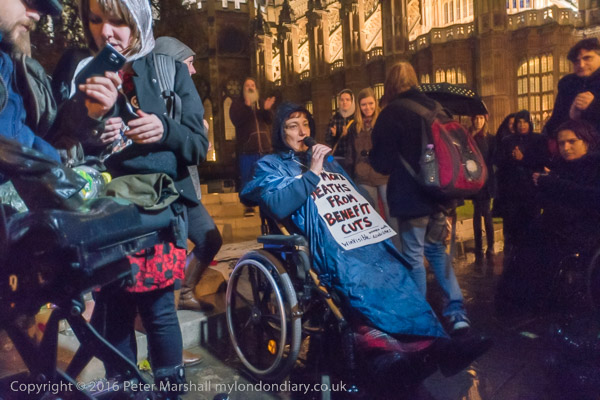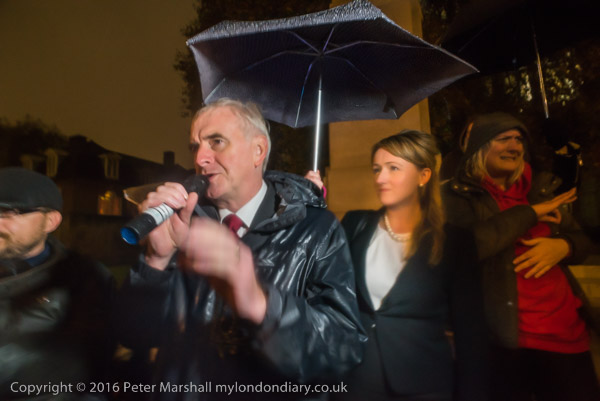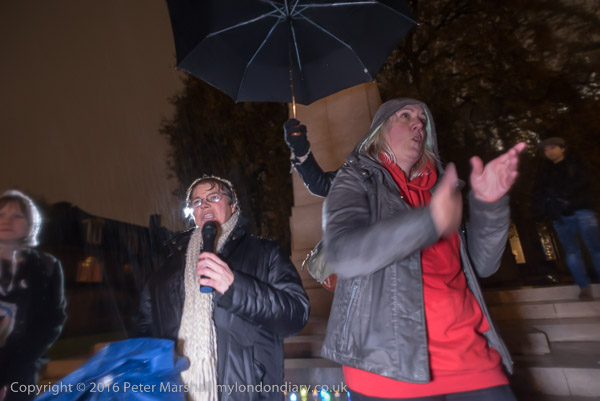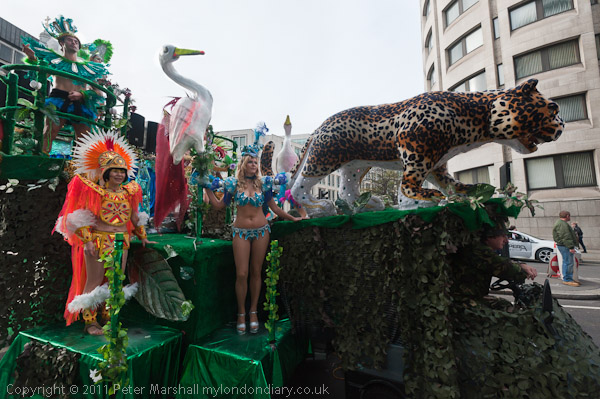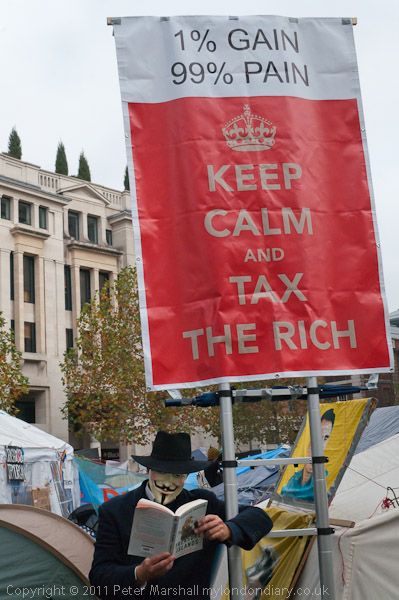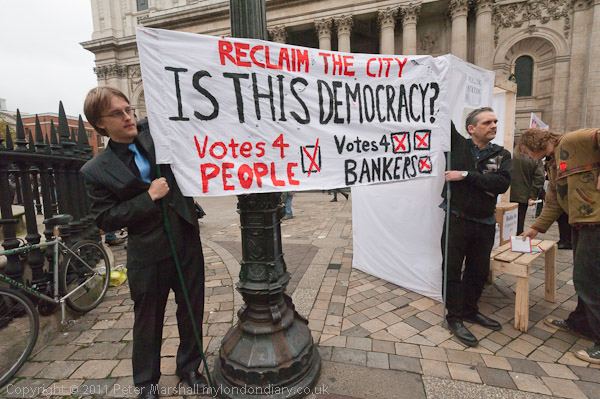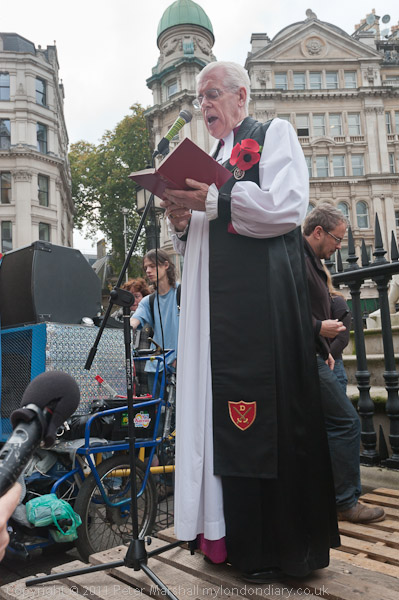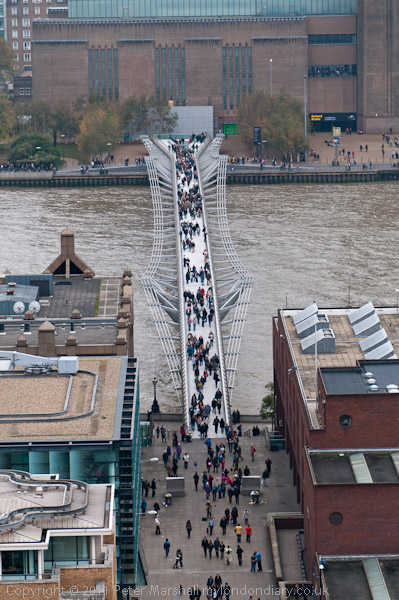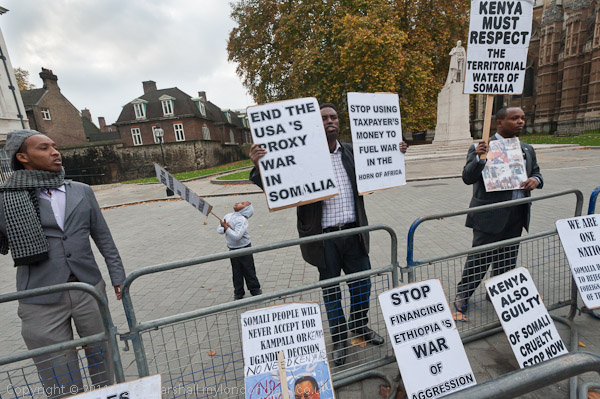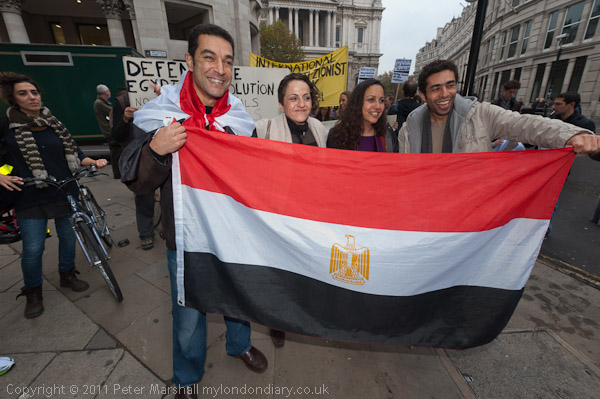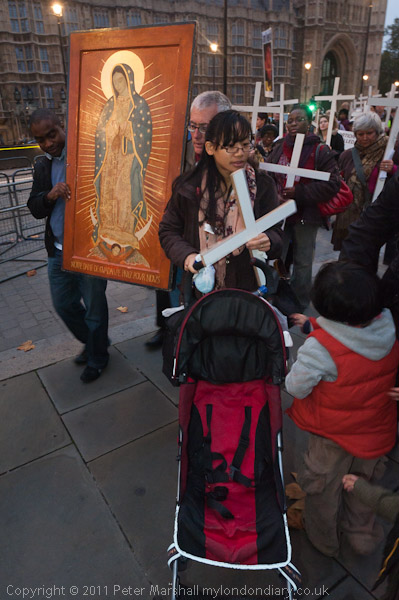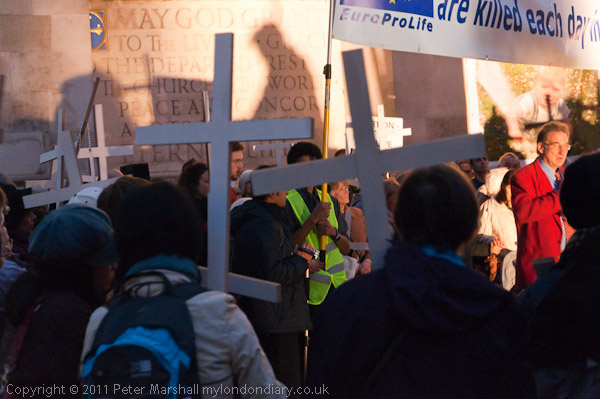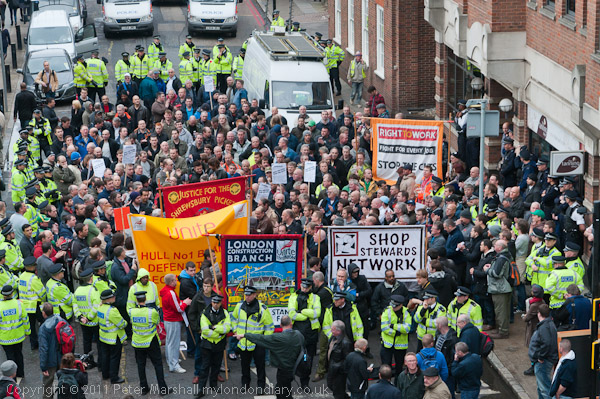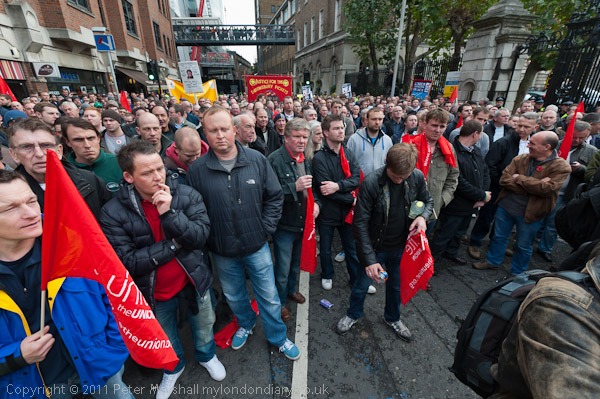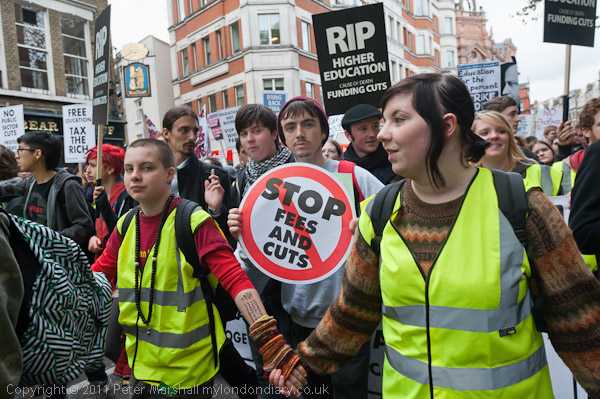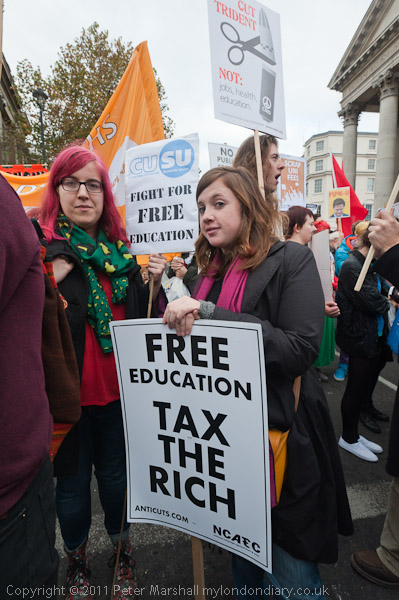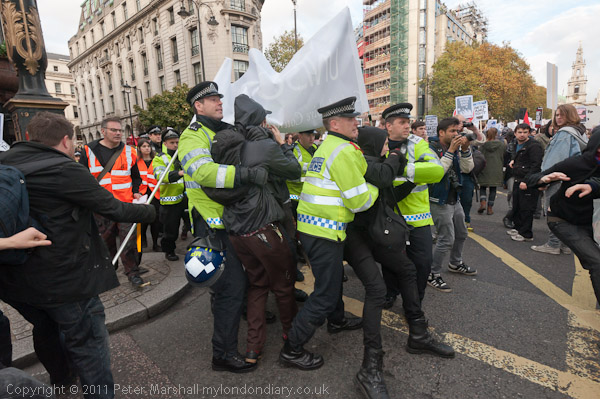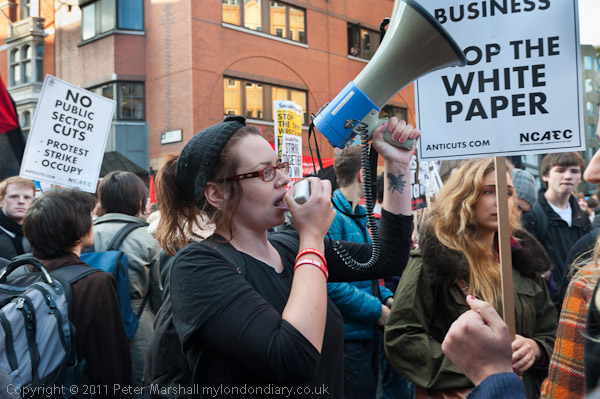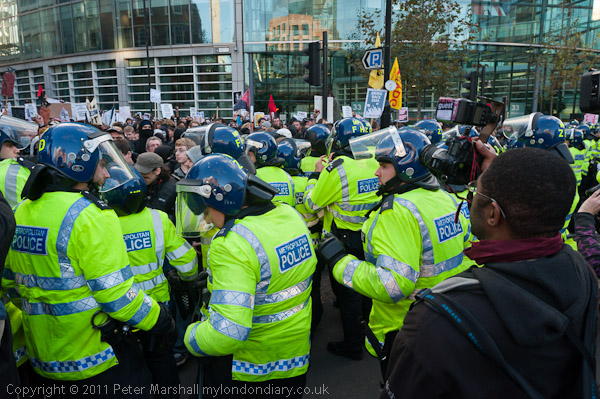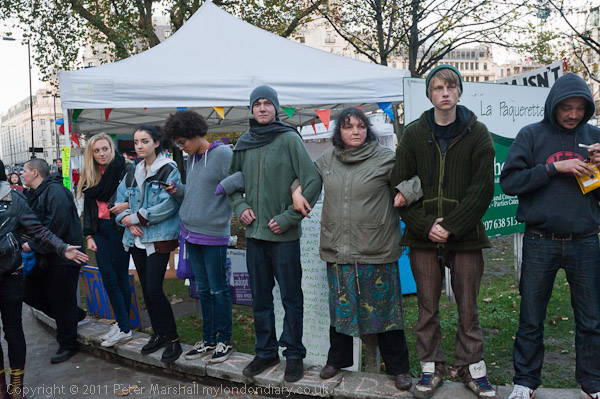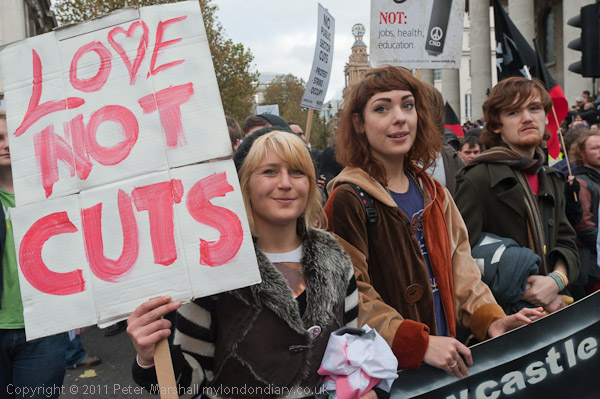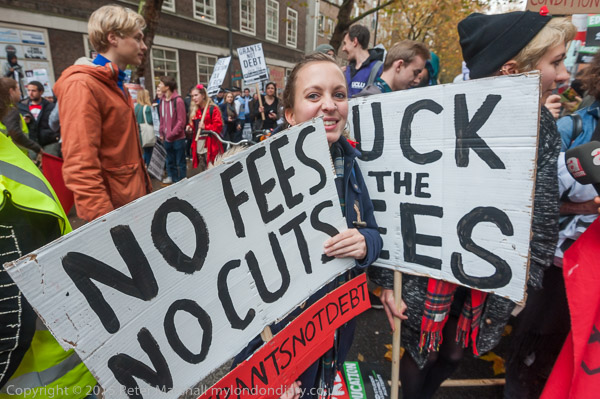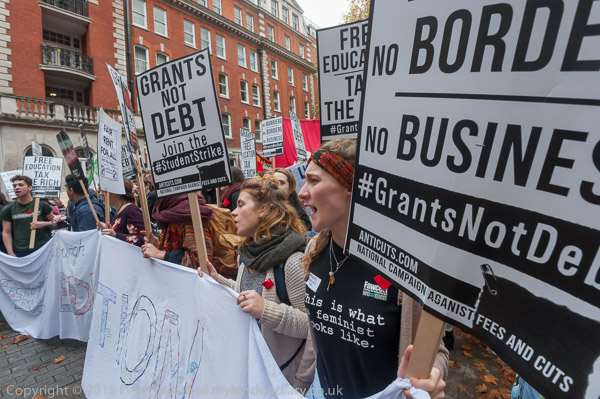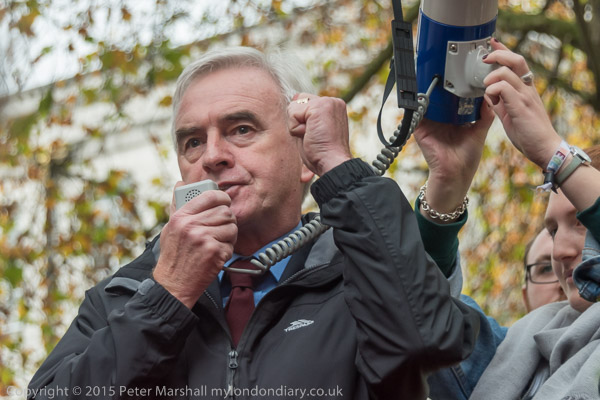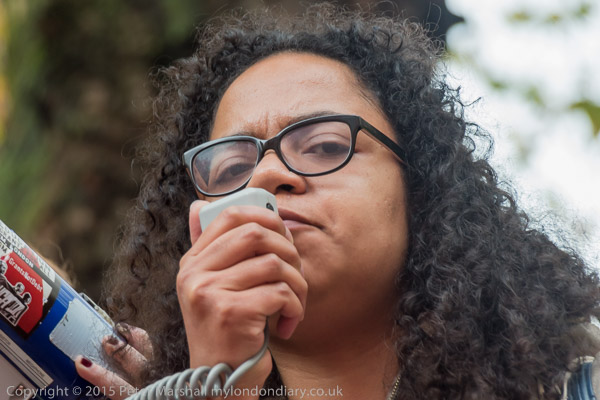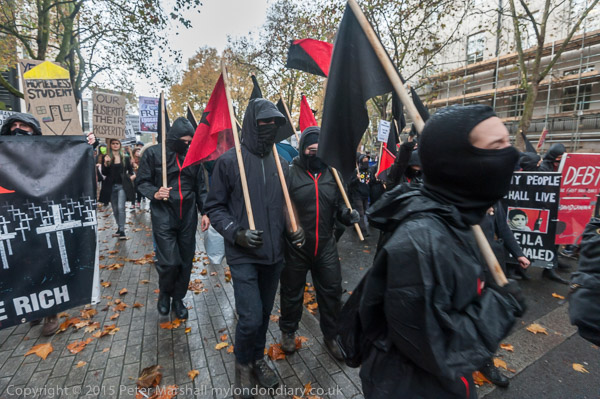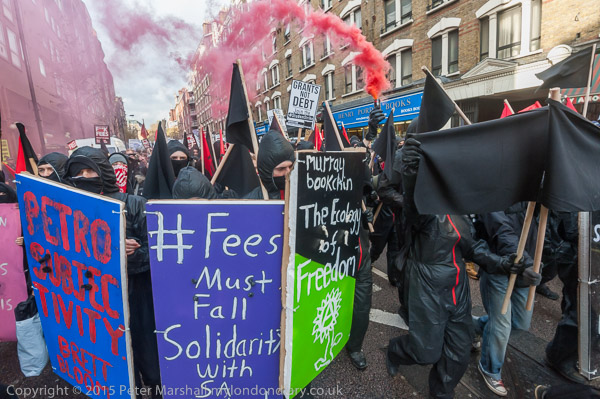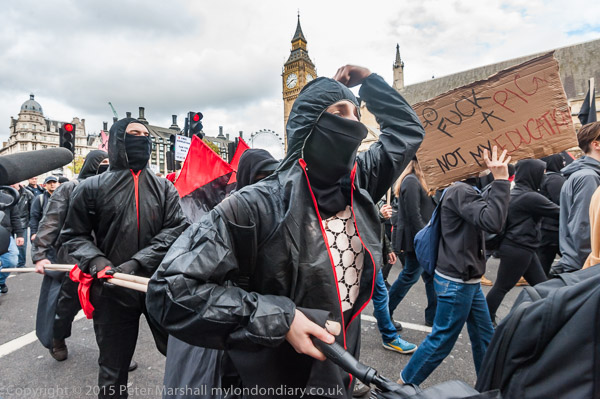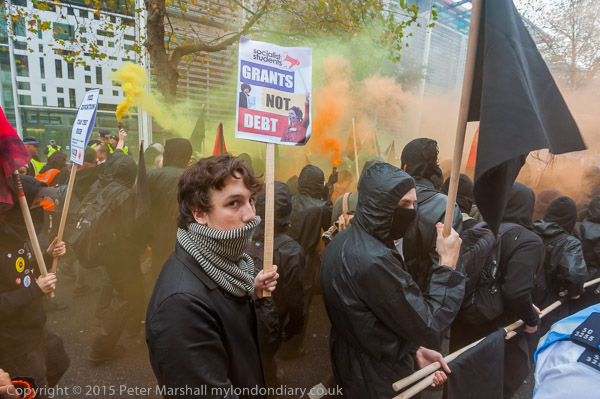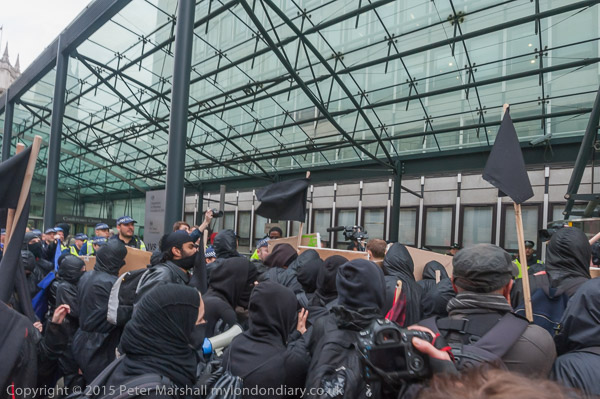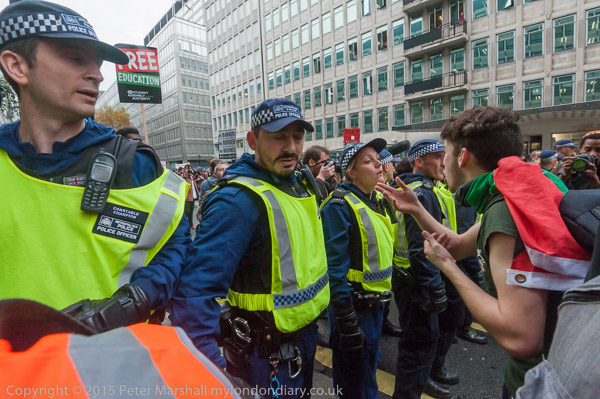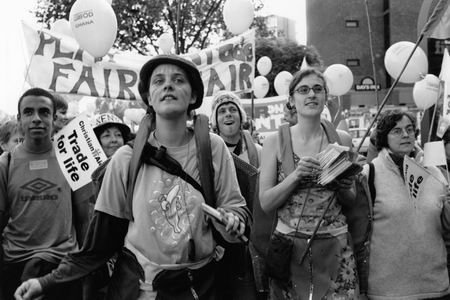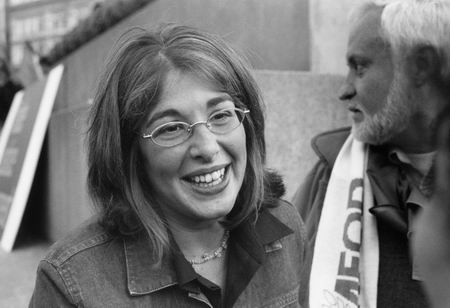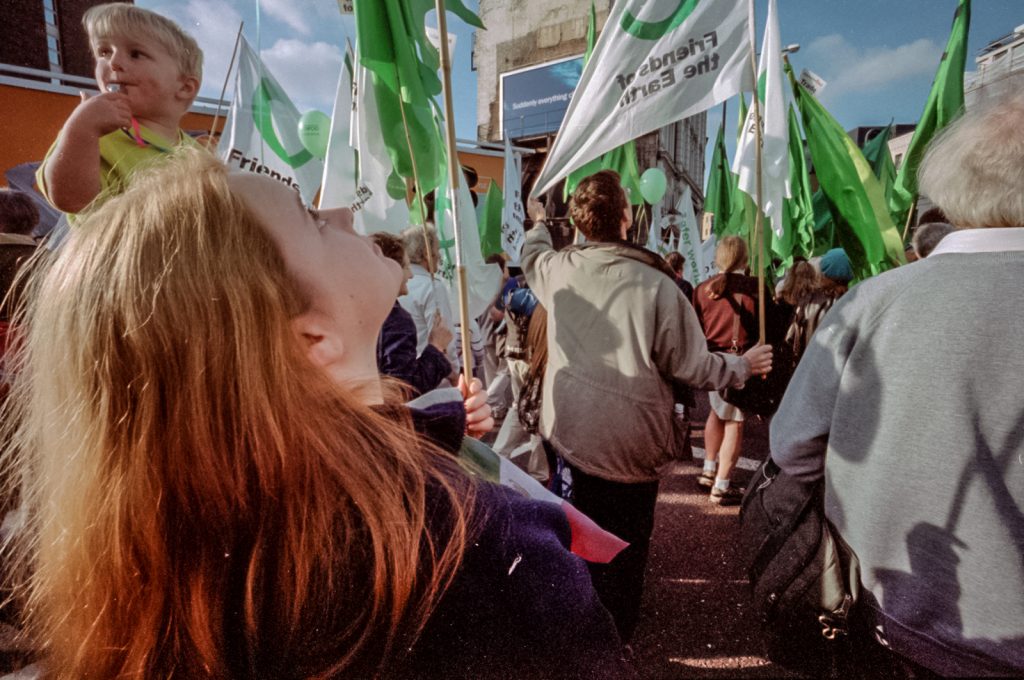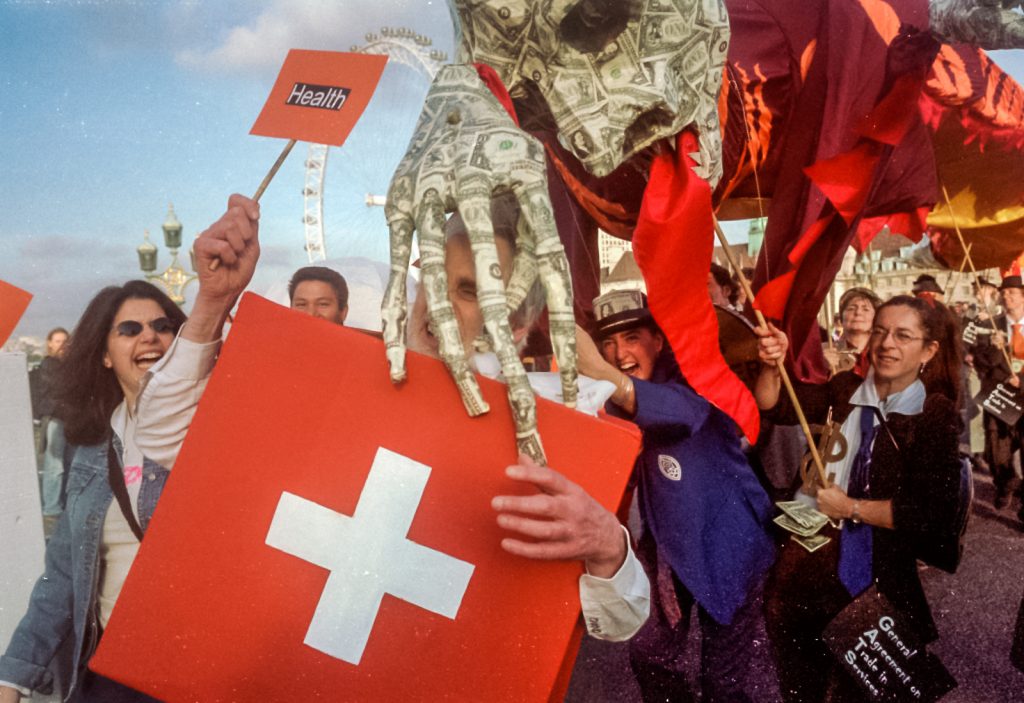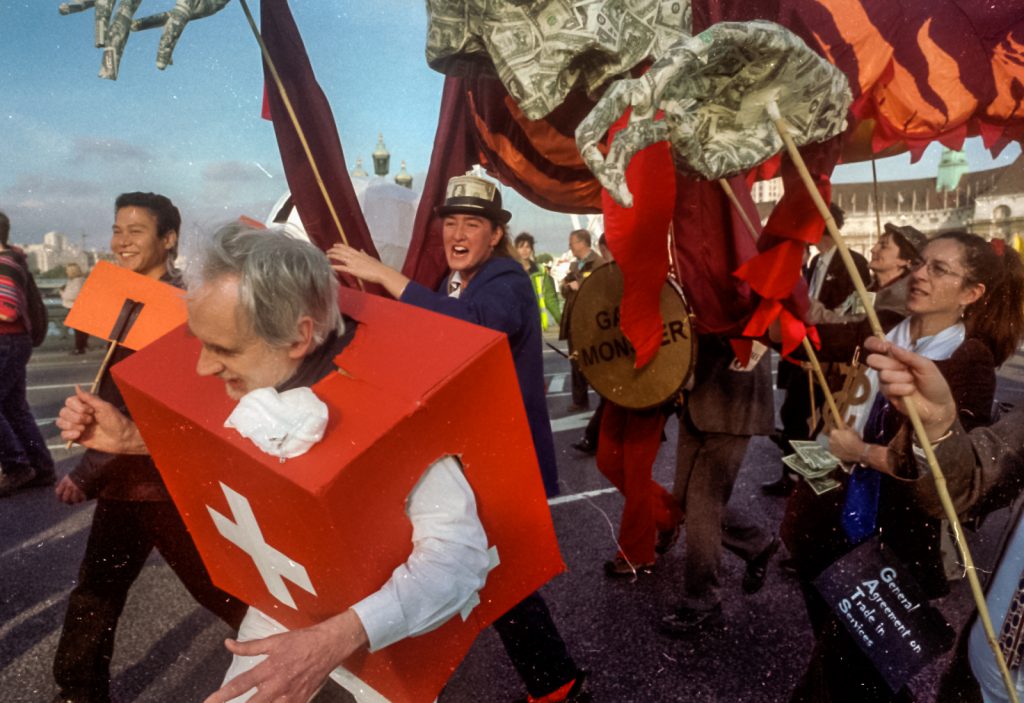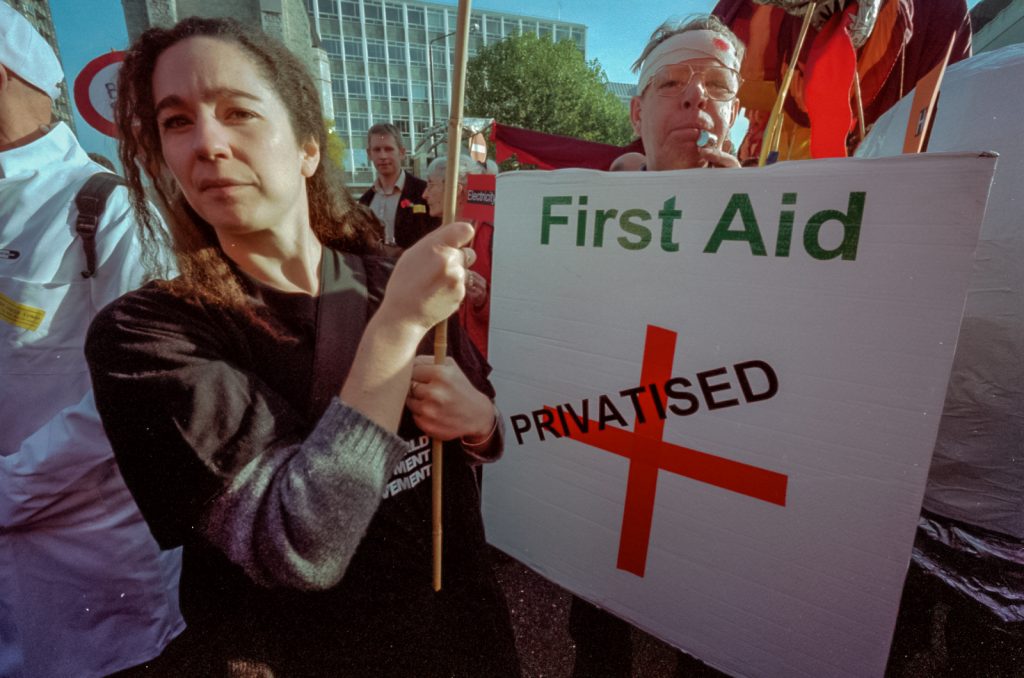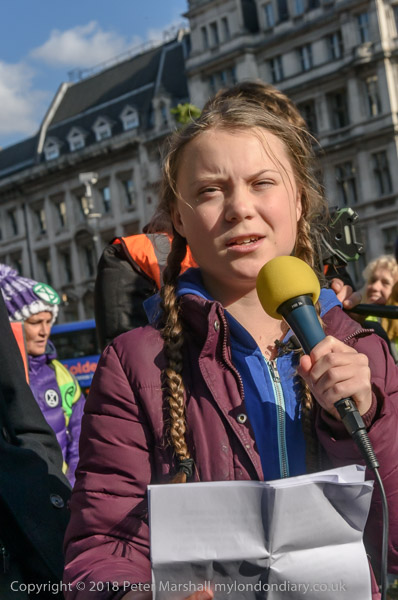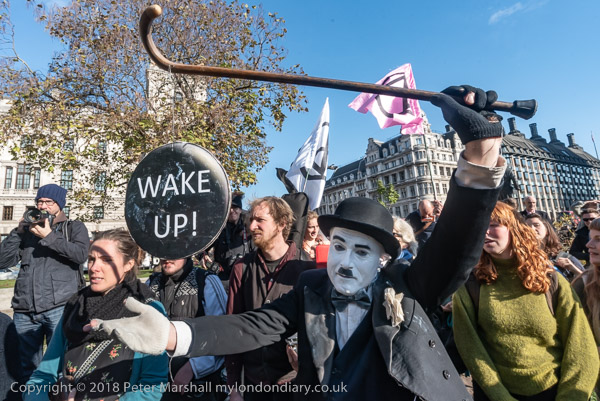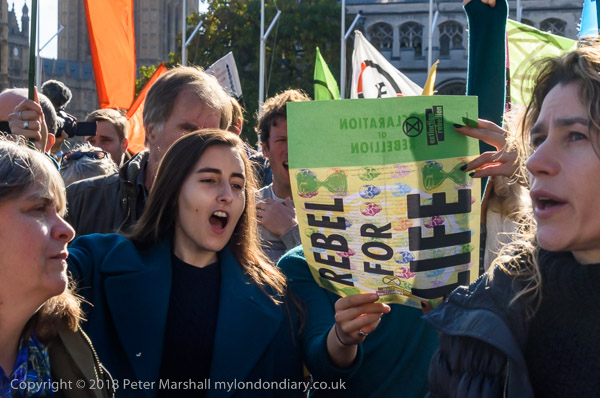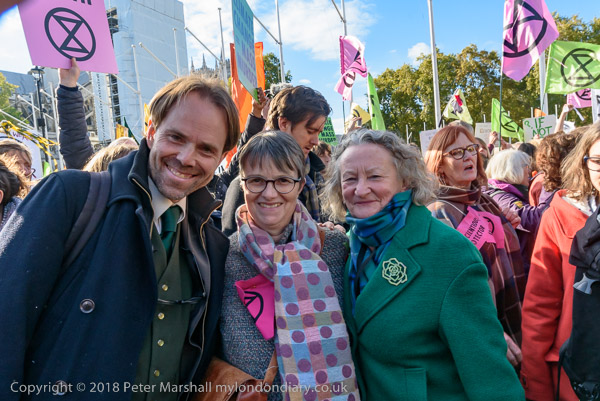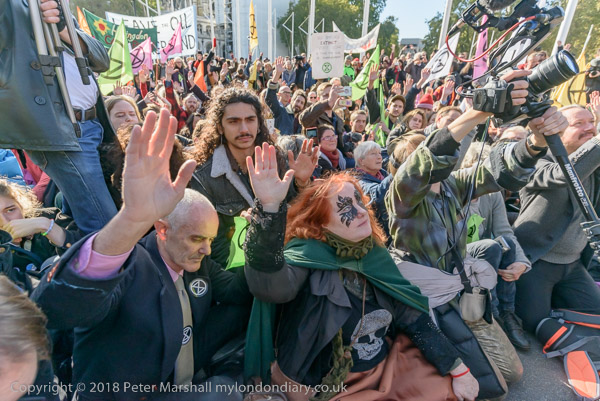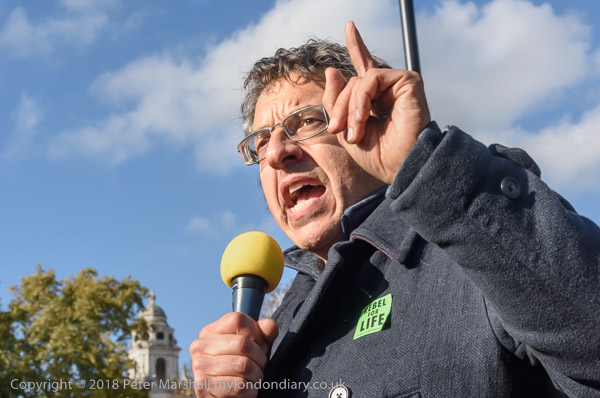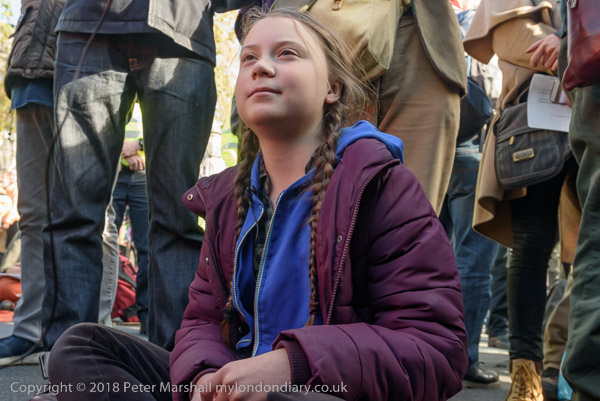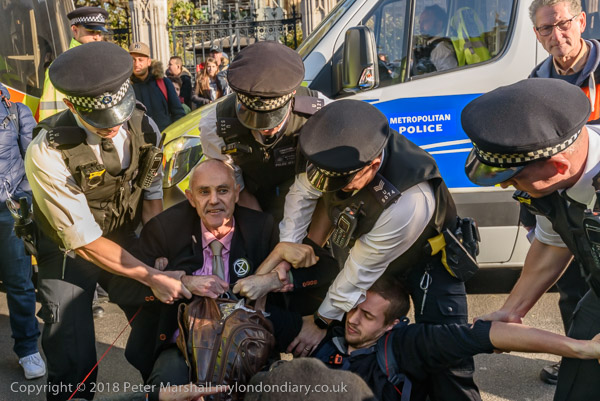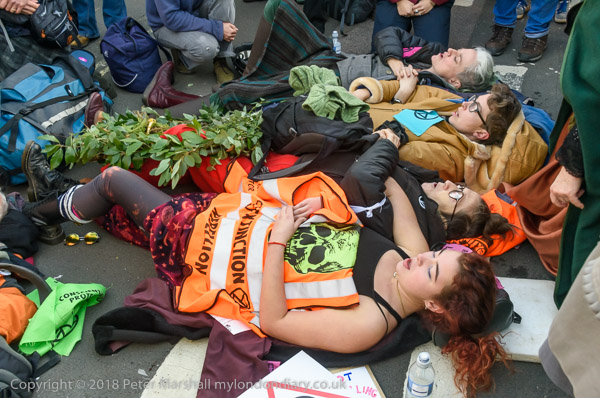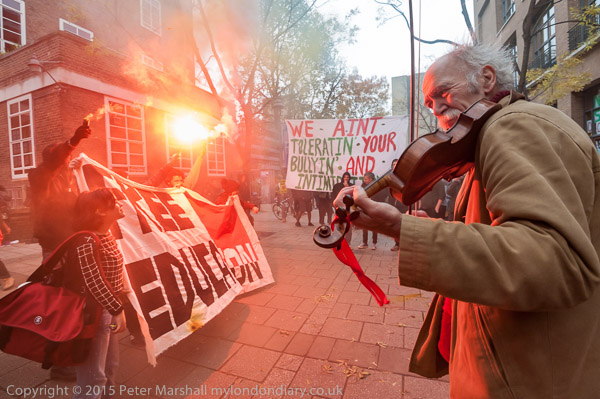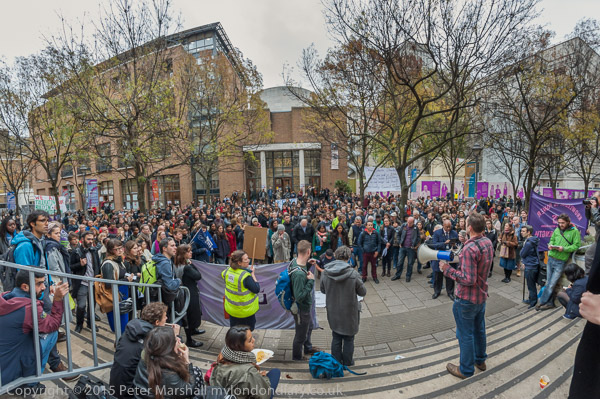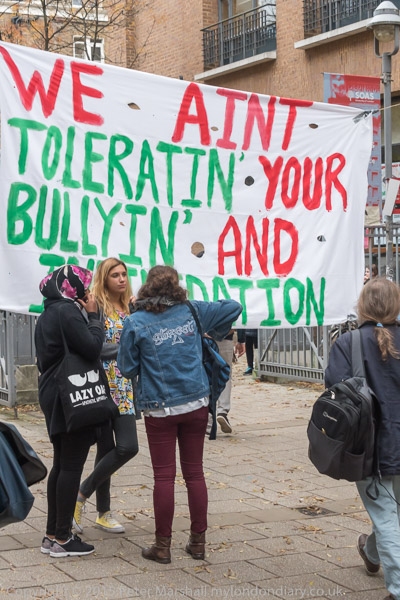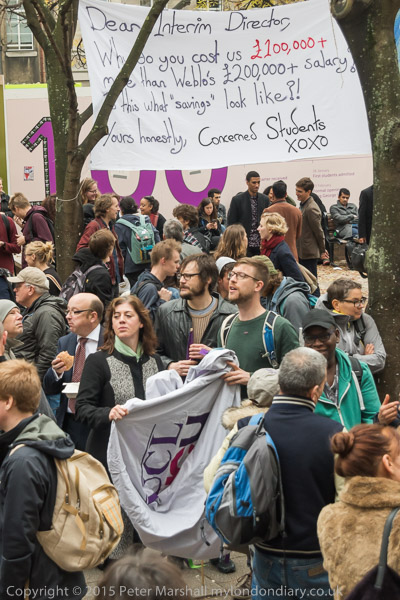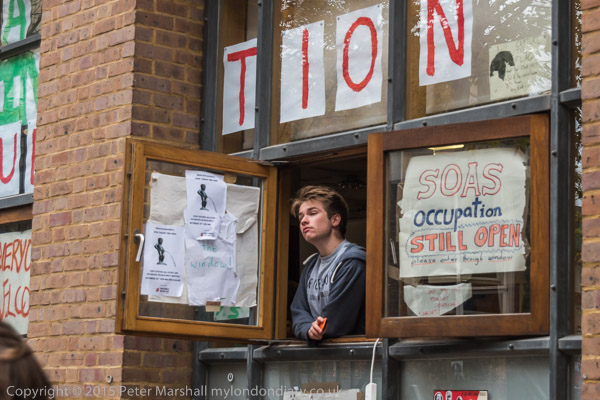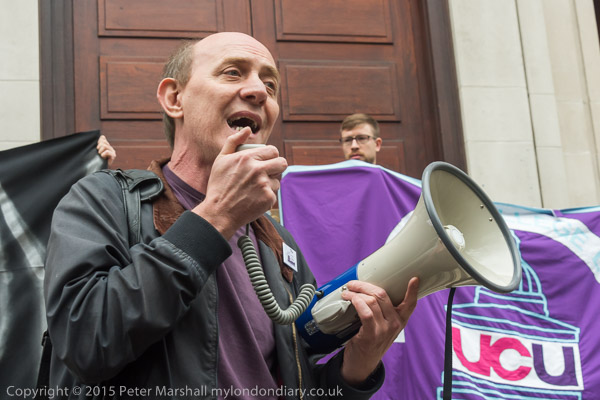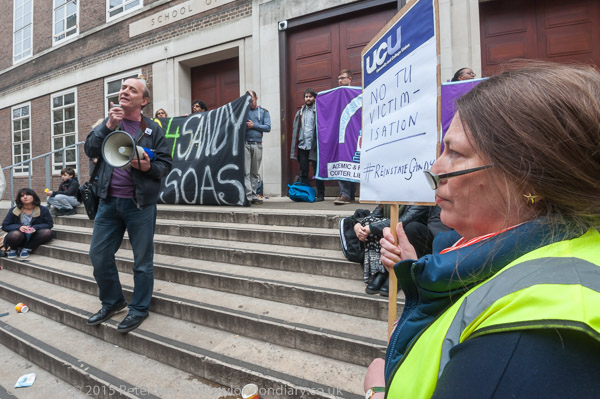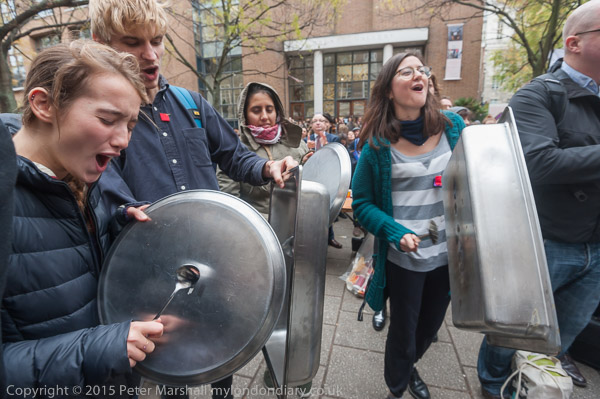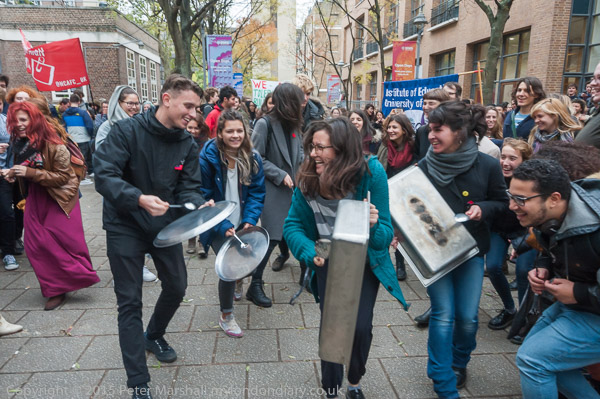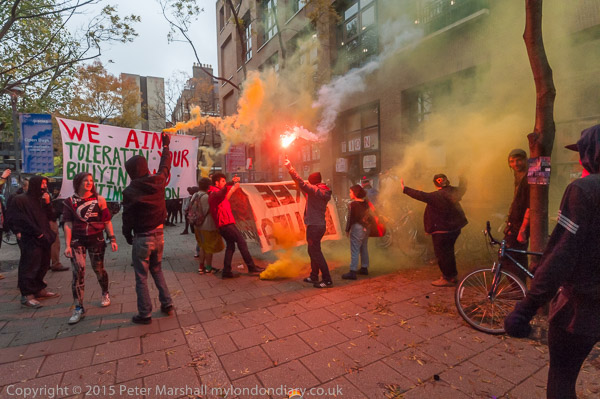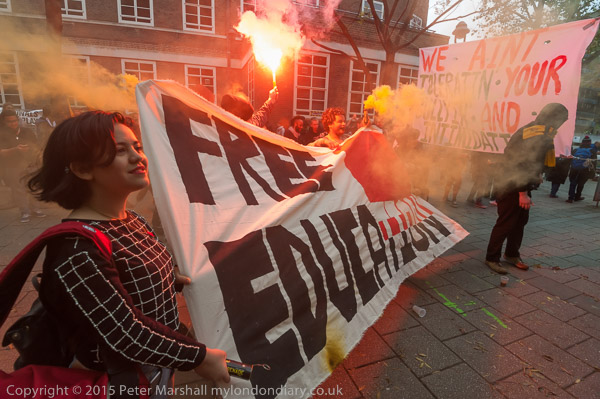Seven years ago on Saturday 22 November 2014 I photographed four very different events.
Occupy Democracy at Supreme Court
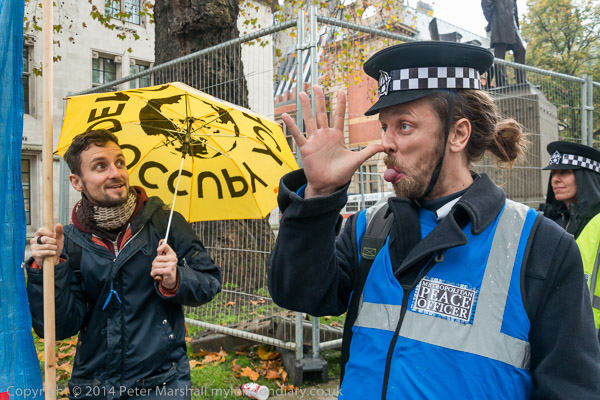
Occupy Democracy activists had camped out overnight in front of the Supreme Court, watched by police who had fenced in almost all of the grassed areas in Parliament Square to prevent them being occupied. The activists were hoping to hold two days of workshops there, but things had not started when I left after taking pictures.
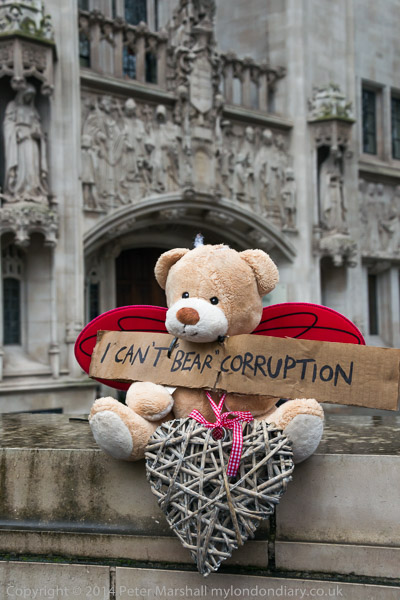
Justice for Shahzad & Shama
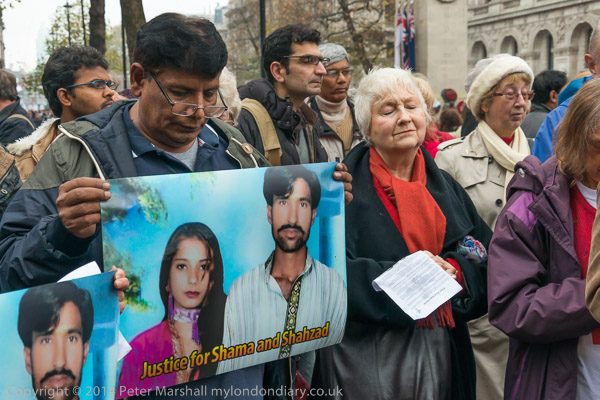
Pakistani Christians and others were protesting opposite Downing St calling for justice for the brutal murder in Pakistan of Shahzad Masih and Shahzad Masih , bonded labourers at a brick kiln, who were falsely accused of burning pages of the Quran, attacked by a Muslim mob, tortured and burnt alive.
There are around 4 million Christians in Pakistan, a little under 2% of the population and they face extreme persecution, with those who have converted from Islam at greatest danger. Christians are treated as second-class citizens, discriminated against in employment, where they largely do the lowest status jobs, and girls are at risk of abduction and rape, sometimes being forced to convert to Islam and marry their attackers. Christians are often accused of blasphemy, as in this case to settle civil disputes, with those accused being attacked or killed by Islamic extremist groups, whose criminal acts are largely ignored by the authorities.
Class War Griff Rhys Jones Mansion Tax
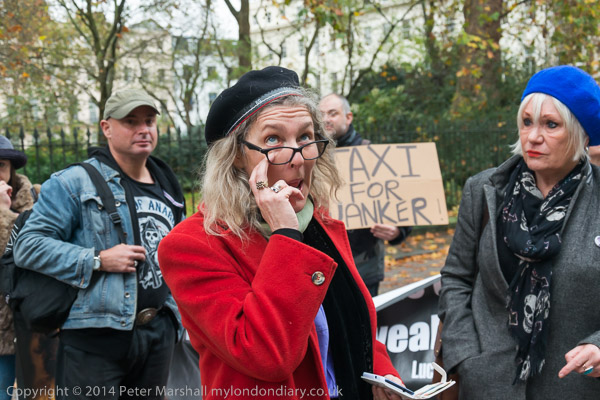
Class War went to the £7m Fitzroy Square home of Griff Rhys Jones who said he would leave the country if Labour levied a mansion tax, telling him to “f**k off now”, offering to pay the fare. Class War’s manifesto for the 2015 general election includes a 50% mansion tax.
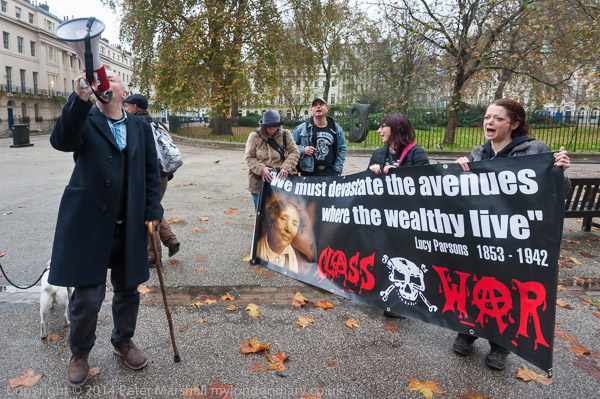
No one came to answer the door when they put their leaflet through and after a few minutes making their presence felt outside, the walked around to the south side of the square to protest outside the outside the home of Guy Ritchie, another millionaire objector to a mansion tax. They put a few stickers on other places around the square, including the Magistrates Association and the gates to the private garden in the centre of the square, returned for another short protest outside Griff Rhys Jones’s house before retiring to the pub. Unfortunately I couldn’t join them as I had another event to photograph in Brixton.
Still No Justice for Ricky Bishop
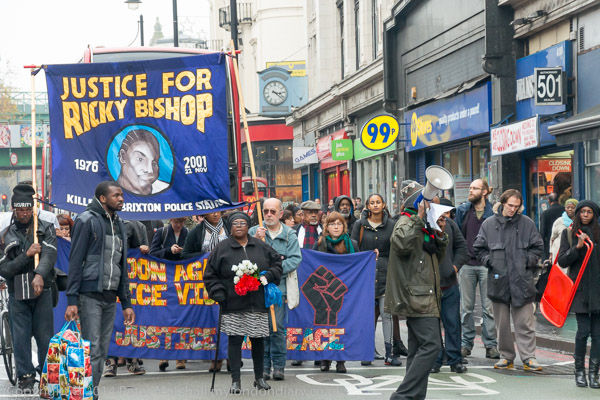
Ricky Bishop, a fit young black man, died from unexplained injuries hours after being taken to Brixton Police Station on 22 Nov 2001. Family and supporters call it a modern day lynching and march annually to remember him and call for justice.
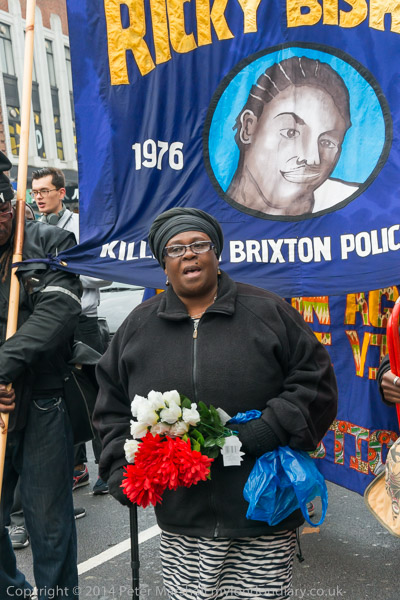
The marchers met up at Windrush Square and then marched slowly through the centre of Brixton to the police station, where a tree outside has been adopted as a remembrance tree for Ricky Bishop and the others killed there by police.
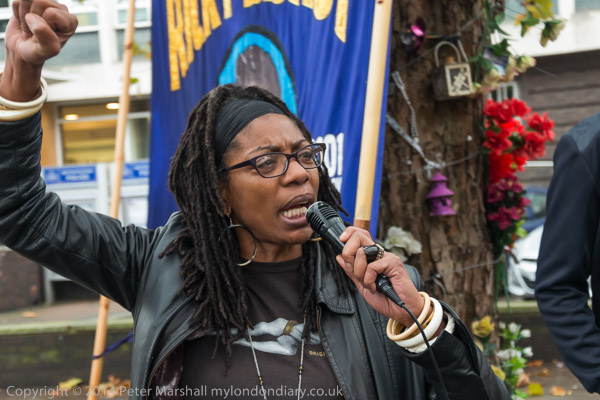
At the tree there were speeches, including a detailed and forceful presentation by Marcia Rigg of the battle she and others faced to get any proper investigation into the death there of her brother Sean Rigg in August 2008.
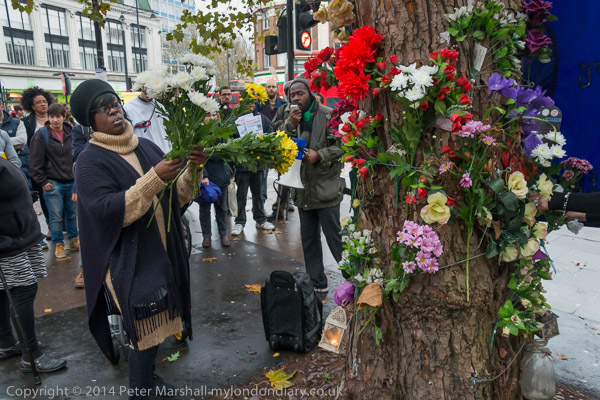
These two are not the only young black men to have died at the hands of Brixton police, but so far there has been no police officer bought to justice from the crimes they committed. The only real action by the police has been to remove all of the photographs and momentos placed by some of the families from the tree in front of the police station.
More on all of these on My London Diary:
Still No Justice for Ricky Bishop
Class War Griff Rhys Jones Mansion Tax
Justice for Shahzad & Shama
Occupy Democracy at Supreme Court
